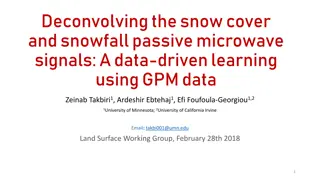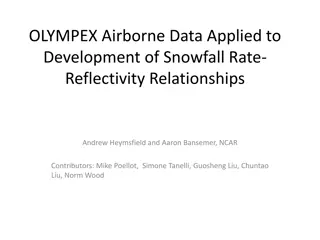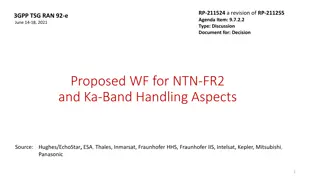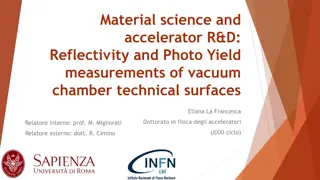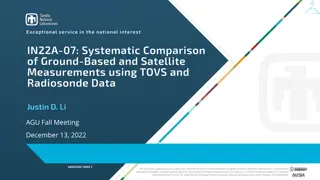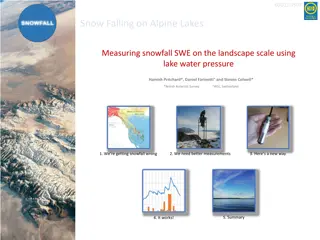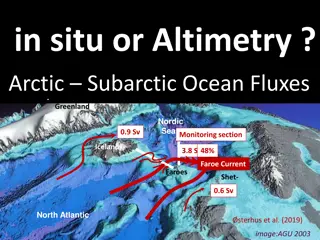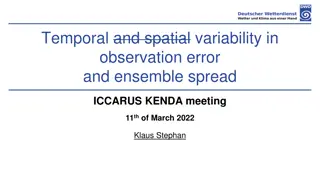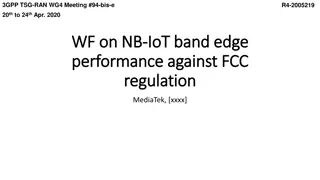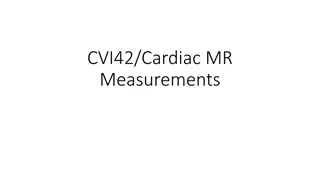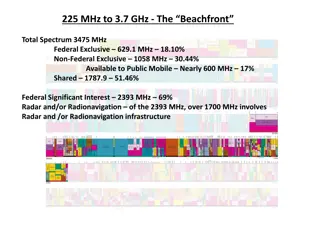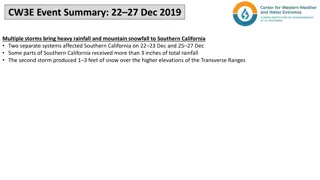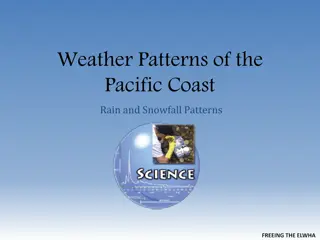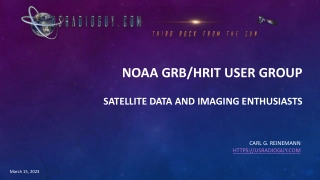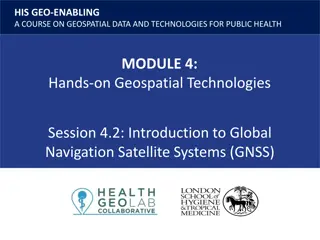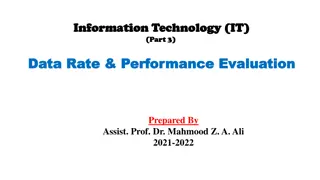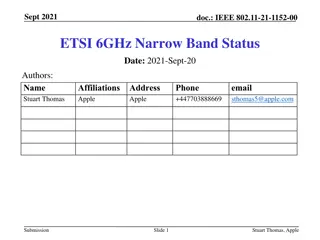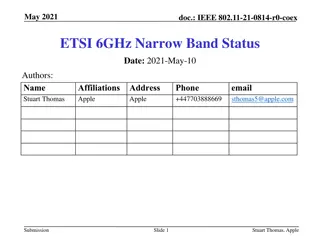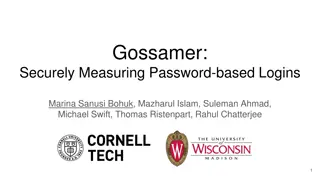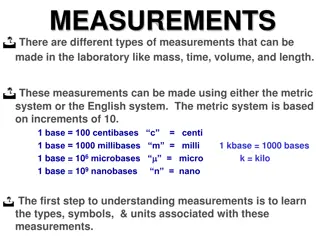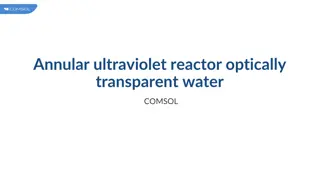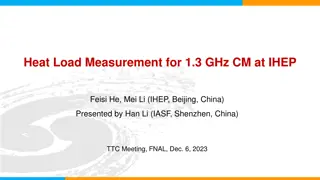Retrieving Snowfall Rate from Satellite-Based W, Ka, and Ku Band Reflectivity Measurements
This study discusses methods for retrieving snowfall rate from satellite-based reflectivity measurements, specifically focusing on developing S-Z relationships through collocations and conservation of mass flux. It highlights the importance of identifying differences between retrieval products and those derived from mass-flux methods using field program data. The mass flux retrieval method offers a robust approach for deriving S-Z relationships globally to estimate snowfall rates.
Download Presentation

Please find below an Image/Link to download the presentation.
The content on the website is provided AS IS for your information and personal use only. It may not be sold, licensed, or shared on other websites without obtaining consent from the author. Download presentation by click this link. If you encounter any issues during the download, it is possible that the publisher has removed the file from their server.
E N D
Presentation Transcript
Retrieving Snowfall Rate from Satellite-Based W, Ka and Ku Band Reflectivity Measurements Andrew Heymsfield and Aaron Bansemer, NCAR Guosheng Liu, FSU Norm Wood, U. Wisc. Simone Tanelli, JPL Chuntao Liu, Texas Tech We also wish to Acknowledge Andrea Neumann, UND
Two Methods are Used to Develop S-Z Relationships Directly, from Collocations Conservation of Mass Flux (Snowfall>Rain Rates Through the Melting Layer
At high mass flux, there should be little liquid water and thus little increase in the mass flux ,
Summary and Conclusions Mass flux retrieval method, using retrieved rainrate, potentially provides a robust method for deriving S-Ze relationship that can be used globally to derive snowfall rates at temperatures in the region at the top of the ML and within a few km above the ML. The reason(s) for the differences between the retrieval products and those derived from the mass-flux method should be identified, with the aid of the GCPEX, IPHEx and OLYMPEX field program data



